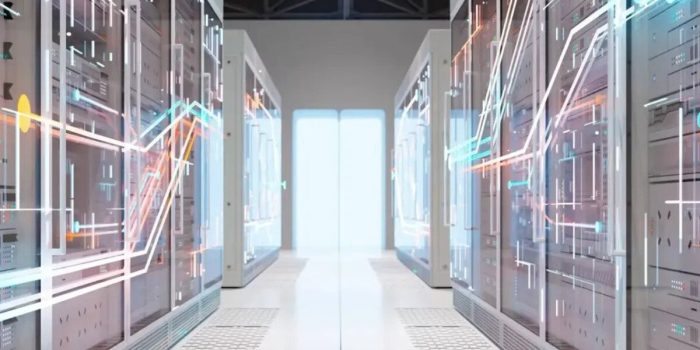In recent environmental reports, both tech giants Microsoft and Google have revealed a concerning spike in their water consumption, primarily attributed to their use of artificial intelligence (AI) technology. According to a recent article published by The Associated Press (AP) on a Saturday, these revelations have raised eyebrows and environmental concerns.
Microsoft reported a significant increase in water usage, noting a 34% surge from 2021 to 2022. This uptick amounted to a staggering 1.7 billion gallons, equivalent to approximately 6.4 billion liters of water. Google, on the other hand, reported a 20% rise in water consumption over the same time period.
“It’s fair to say the majority of the growth is due to AI,” including “its heavy investment in generative AI and partnership with OpenAI,” told AP Shaolei Ren, a scientist at the University of California, Riverside who has been on a mission to evaluate the environmental impact of generative AI.

Surprisingly, it was revealed in an April 2023 report that even training ChatGPT-3, one of the AI models, consumed a substantial 85,000 gallons (approximately 700,000 liters) of water. The study also estimated that ChatGPT-3’s successor, ChatGPT, would require just half a standard-sized water bottle (500 milliliters or 60 ounces) to facilitate a conversation with a user involving 25 to 50 questions.
The root of this water consumption problem lies in the vast data centers where AI computations are conducted. These centers necessitate extensive cooling solutions to prevent the servers and equipment from overheating due to the intensive computational demands of AI. Heating, ventilation, and air conditioning (HVAC) systems and cooling towers are the culprits responsible for a substantial portion of this water use.
Furthermore, AI computations themselves can be energy-intensive, and in some regions, generating the necessary electricity for these operations can result in substantial water use. This is particularly true when power generation technologies like thermoelectric plants, which rely heavily on water for cooling, are employed.
In response to these environmental concerns, Microsoft stated that they are actively working on enhancing the efficiency of their large-scale systems, both in terms of training AI and its practical applications. Their commitment extends to analyzing emissions, increasing the use of clean energy to power data centers, investing in renewable energy sources, and supporting various eco-friendly initiatives. Their ultimate goal is to achieve carbon-negative, water-positive, and waste-free operations by 2030.
OpenAI, the organization behind ChatGPT, acknowledges the energy and water-intensive nature of training large AI models. They are currently focused on developing more energy-efficient AI through improved algorithms and hardware, which will also indirectly contribute to water conservation.

One innovative solution under consideration is the submersion of data centers underwater. Microsoft conducted a successful experiment in 2018 when they submerged one of their data centers off the coast of Orkney, Scotland. Over a two-year period, this underwater data center operated with enhanced efficiency, primarily due to the cooling effect of the surrounding water. Retrieving the center in 2020 marked a milestone in proving the feasibility and environmental benefits of underwater data centers.
In conclusion, the recent surge in water consumption by tech giants due to AI technology raises important environmental concerns. However, both Microsoft and OpenAI are actively pursuing measures to mitigate their environmental impact, ranging from efficiency improvements to innovative solutions like underwater data centers. These efforts reflect a broader commitment to a more sustainable and eco-friendly future for AI and technology.


